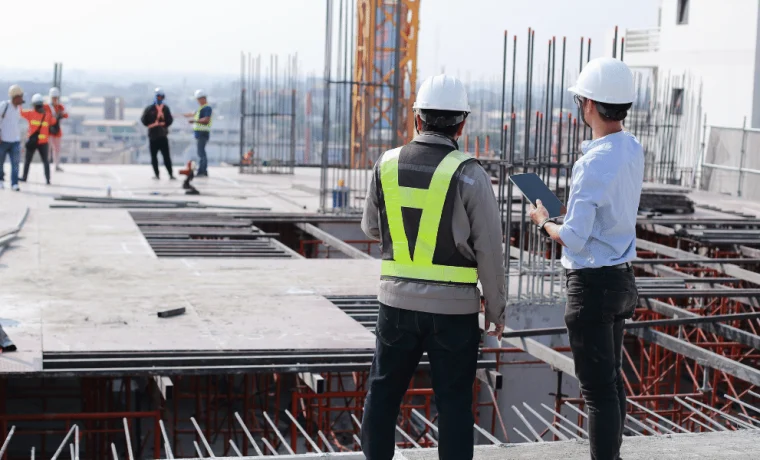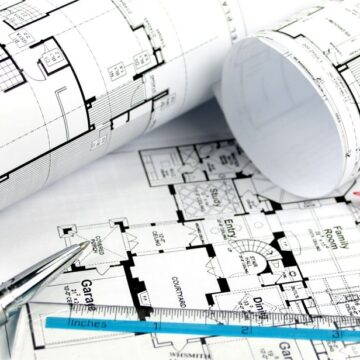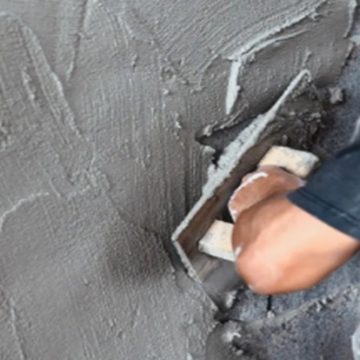Structural engineering is the backbone of modern civilization. From towering skyscrapers to intricate bridges and resilient residential buildings, structural engineers are the silent architects of our daily lives. Their work ensures that the buildings we live and work in can withstand natural disasters, support enormous loads, and integrate seamlessly into the urban fabric. While the role of structural engineering firms may not always be in the spotlight, their contributions shape the safety, functionality, and aesthetics of our built environment.
The Role of Structural Engineers in Modern Construction
At its core, structural engineering is about problem-solving. Engineers in this field analyze and design structures that must bear heavy loads while maintaining safety, efficiency, and sustainability. Unlike architects, who focus on aesthetics and usability, structural engineers ensure that a building’s framework can withstand external forces such as wind, earthquakes, and human occupancy.
One of the most fascinating aspects of structural engineering is the ability to push the limits of design. Take, for example, the world’s tallest buildings—their seemingly gravity-defying heights are only possible because of advancements in materials science, computational modeling, and engineering ingenuity. Similarly, infrastructure projects like bridges and tunnels require meticulous calculations to ensure durability and longevity.
Innovations Transforming the Industry
The structural engineering industry has evolved significantly with the introduction of new technologies. From computer-aided design (CAD) software to artificial intelligence (AI)-powered simulations, engineers can now predict potential failures before construction even begins. This proactive approach not only saves time and money but also enhances safety.
One breakthrough in structural engineering is the use of high-performance materials. Carbon fiber-reinforced polymers (CFRP), for instance, are revolutionizing the field by providing stronger yet lighter alternatives to traditional steel reinforcements. Additionally, self-healing concrete—a material embedded with bacteria that can repair cracks—offers promising long-term durability.
Another major shift is the integration of sustainable practices. Many firms are focusing on eco-friendly construction methods, such as designing buildings that use less energy and implementing materials that reduce environmental impact. Green building certifications like LEED (Leadership in Energy and Environmental Design) have become a benchmark for firms committed to sustainability.
Choosing the Right Structural Engineering Partner
When embarking on a construction project, selecting the right engineering firm is crucial. The best structural engineering firms combine technical expertise with innovative problem-solving and a deep understanding of modern construction trends. They work closely with architects, developers, and contractors to ensure that each project meets safety standards, budget constraints, and aesthetic goals.
One key factor to consider is a firm’s experience in handling projects similar to yours. Whether it’s high-rise buildings, bridges, or residential homes, a firm with a proven track record in the specific type of structure you need will be better equipped to navigate challenges. Additionally, firms that invest in cutting-edge technology and prioritize sustainability often provide superior long-term value.
Reputation also matters. The best structural engineering firms have a history of successful projects and positive client testimonials. Many of these firms participate in industry organizations, publish research, or contribute to advancements in engineering practices, further demonstrating their expertise.
Notable Structural Engineering Feats
Throughout history, structural engineers have been responsible for some of the world’s most impressive landmarks. The Burj Khalifa, the world’s tallest building, stands as a testament to advanced engineering techniques that allow it to withstand extreme wind loads and seismic activity. The Golden Gate Bridge, with its elegant suspension design, remains an engineering marvel nearly a century after its construction.
Even beyond well-known landmarks, everyday structures such as stadiums, hospitals, and schools rely on the ingenuity of structural engineers. In earthquake-prone regions, for example, engineers design buildings with shock-absorbing foundations that can reduce the impact of seismic activity. These advancements highlight the crucial role of structural engineering in public safety and infrastructure resilience.
The Future of Structural Engineering
As urban populations grow and climate change presents new challenges, the role of structural engineers will become even more critical. The demand for sustainable, disaster-resistant buildings is rising, pushing the industry to develop new solutions that prioritize safety, efficiency, and environmental responsibility.
Emerging trends such as modular construction—where buildings are assembled from prefabricated sections—are gaining traction for their cost-effectiveness and reduced construction timelines. Additionally, 3D printing is making waves in the industry, allowing engineers to create complex structural components with minimal material waste.
With the continued advancement of technology, the structural engineering field will remain at the forefront of innovation. As firms continue to refine their methods and embrace new materials, the buildings of the future will not only be safer and more efficient but also more adaptable to the needs of modern society.
Conclusion
While structural engineering may not always receive the recognition it deserves, it is an indispensable part of our world. The best structural engineering firms play a vital role in shaping skylines, reinforcing safety, and driving innovation. As we look to the future, the industry will continue to evolve, ensuring that the structures we depend on remain strong, sustainable, and resilient.


















